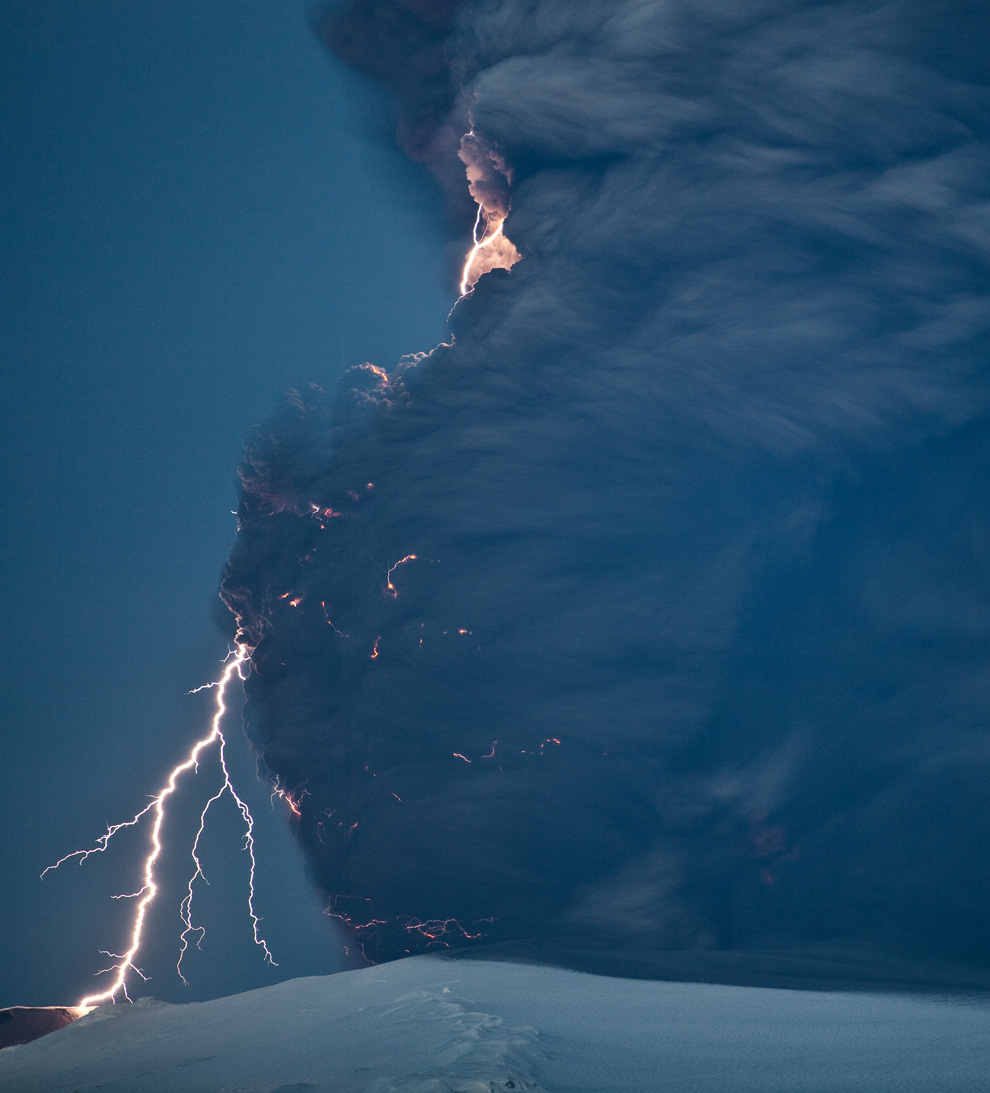-
IP addresses are NOT logged in this forum so there's no point asking. Please note that this forum is full of homophobes, racists, lunatics, schizophrenics & absolute nut jobs with a smattering of geniuses, Chinese chauvinists, Moderate Muslims and last but not least a couple of "know-it-alls" constantly sprouting their dubious wisdom. If you believe that content generated by unsavory characters might cause you offense PLEASE LEAVE NOW! Sammyboy Admin and Staff are not responsible for your hurt feelings should you choose to read any of the content here. The OTHER forum is HERE so please stop asking.
You are using an out of date browser. It may not display this or other websites correctly.
You should upgrade or use an alternative browser.
You should upgrade or use an alternative browser.
Iceland Volcano Erupts!
- Thread starter makapaaa
- Start date
- Joined
- Aug 6, 2008
- Messages
- 19,217
- Points
- 63

A dead bird lies on Highway 1 in Iceland April 20, 2010. The volcano under the Eyjafjallajokull glacier, about 120 kilometres (75 miles) southeast of the capital Reykjavik, has been erupting for almost a week. There are concerns the eruption could set off the neighbouring, larger Katla volcano, but officials said no activity had been detected. Late on Tuesday most European airspace had reopened, however strong winds higher up continue to make conditions uncertain, leaving airport authorities across Europe still at the mercy of clouds of ash.
- Joined
- Aug 6, 2008
- Messages
- 19,217
- Points
- 63

An aerial view of m&d and ash accumulated at the Markarfljot delta, south of Iceland April 20, 2010. The volcano under the Eyjafjallajokull glacier, about 120 kilometres (75 miles) southeast of the capital Reykjavik, has been erupting for almost a week. There are concerns the eruption could set off the neighbouring, larger Katla volcano, but officials said no activity had been detected. Late on Tuesday most European airspace had reopened, however strong winds higher up continue to make conditions uncertain, leaving airport authorities across Europe still at the mercy of clouds of ash.
- Joined
- Aug 6, 2008
- Messages
- 19,217
- Points
- 63

Black volcanic ash lines the banks of a stream, Wednesday, April 21, 2010, south of the Eyjafjallajokull glacier near Hvolsvollur, Iceland.

An angel figurine covered covered in black volcanic ash sits at the base of a gravestone at the Asolfssk kirkja cemetery, Wednesday, April 21, 2010, south of the Eyjafjallajokull glacier near Hvolsvollur, Iceland.
- Joined
- Aug 6, 2008
- Messages
- 19,217
- Points
- 63

Ash spews from Iceland's Eyjafjallajokull volcano April 23, 2010. Iceland's volcanic eruption was spewing far less ash on Thursday and the plume of smoke was low, but a change of wind direction meant the north Atlantic island's main airports were now set to close for the first time.
Similar threads
- Replies
- 18
- Views
- 535
- Replies
- 3
- Views
- 421
- Replies
- 2
- Views
- 254
- Replies
- 2
- Views
- 447
- Replies
- 6
- Views
- 576


























